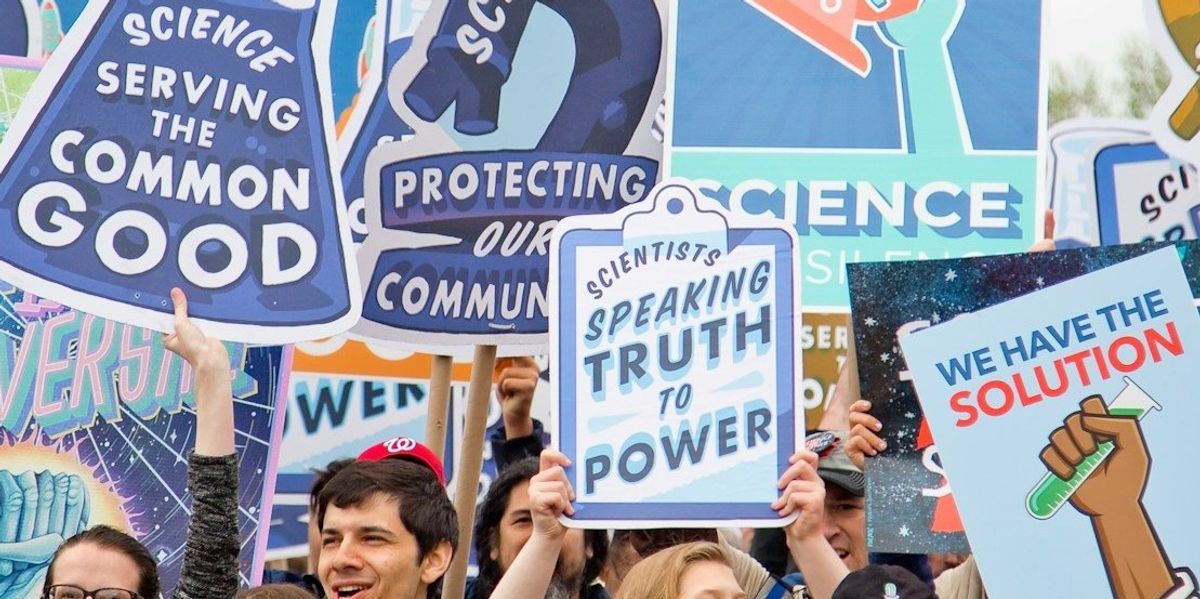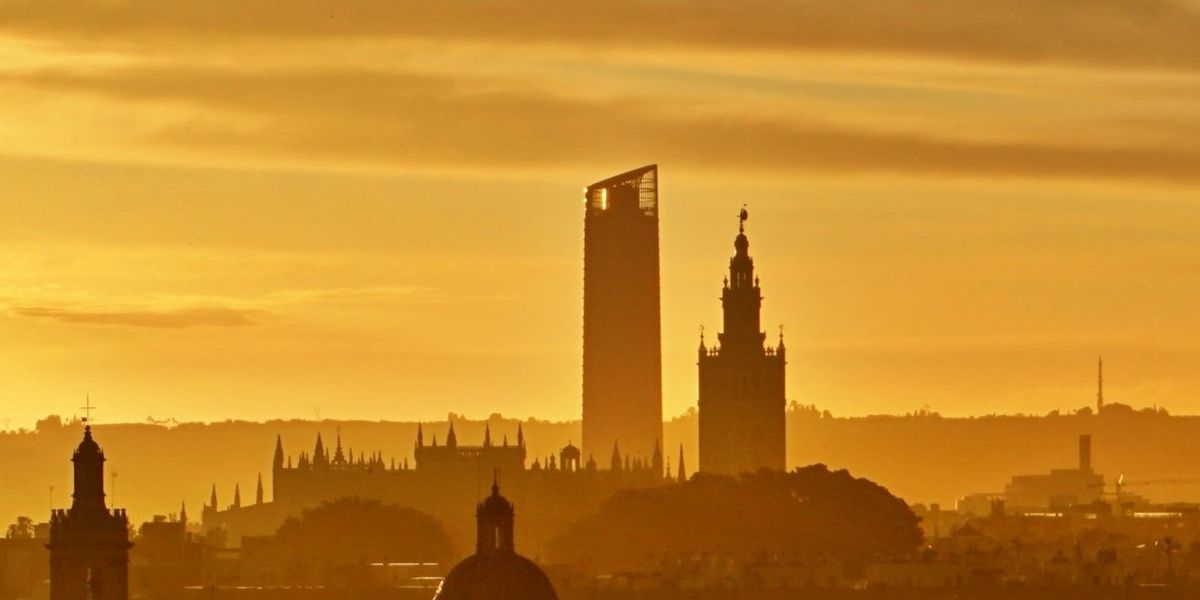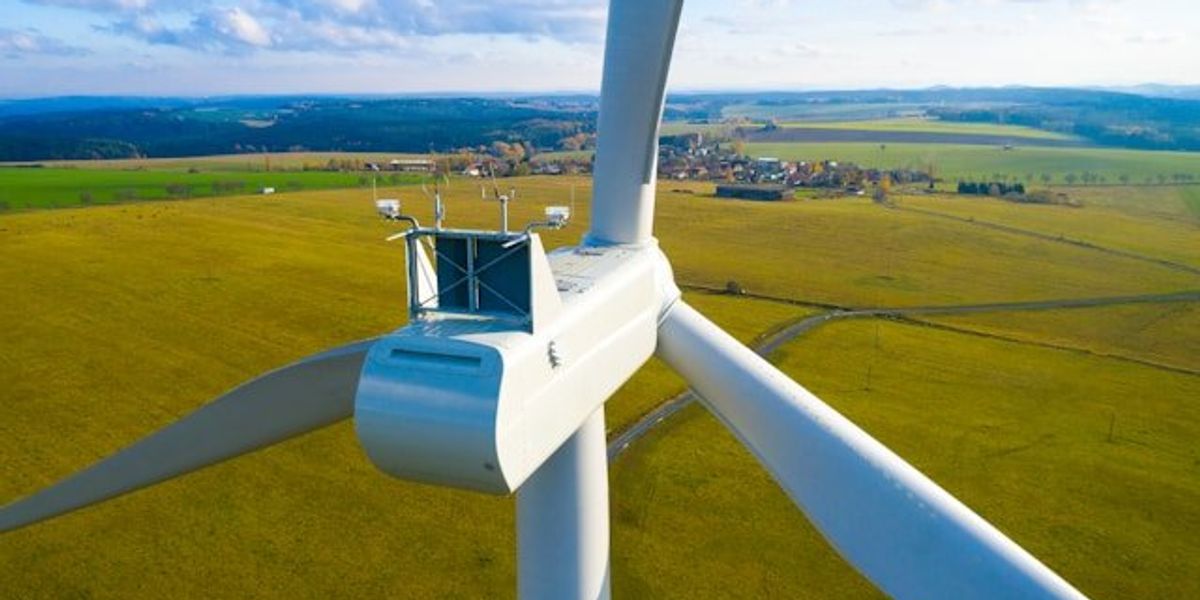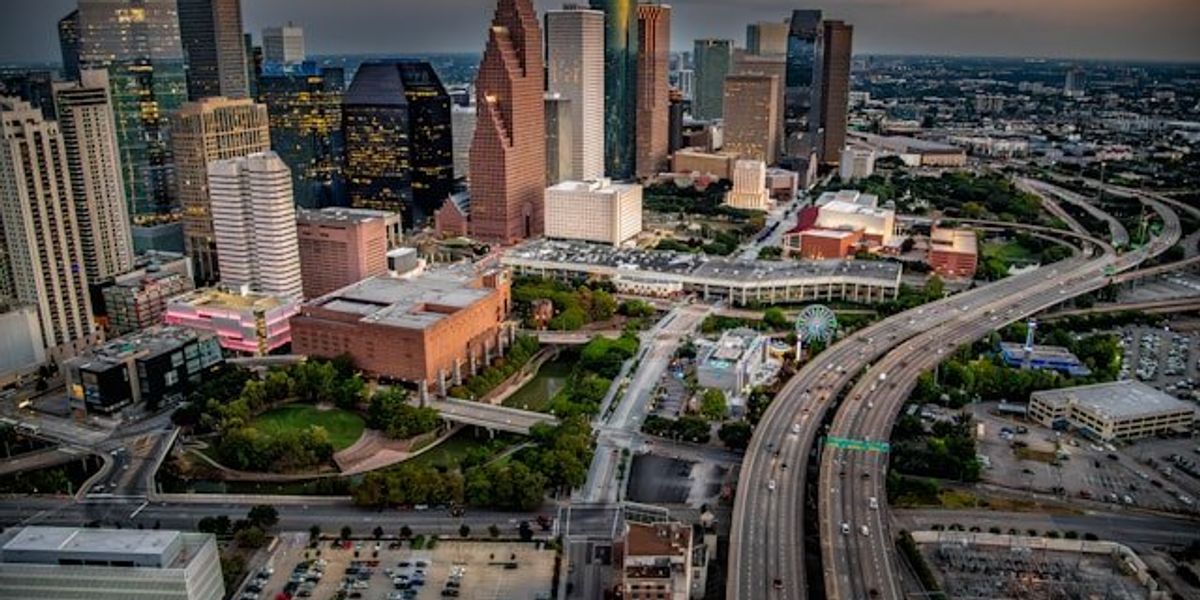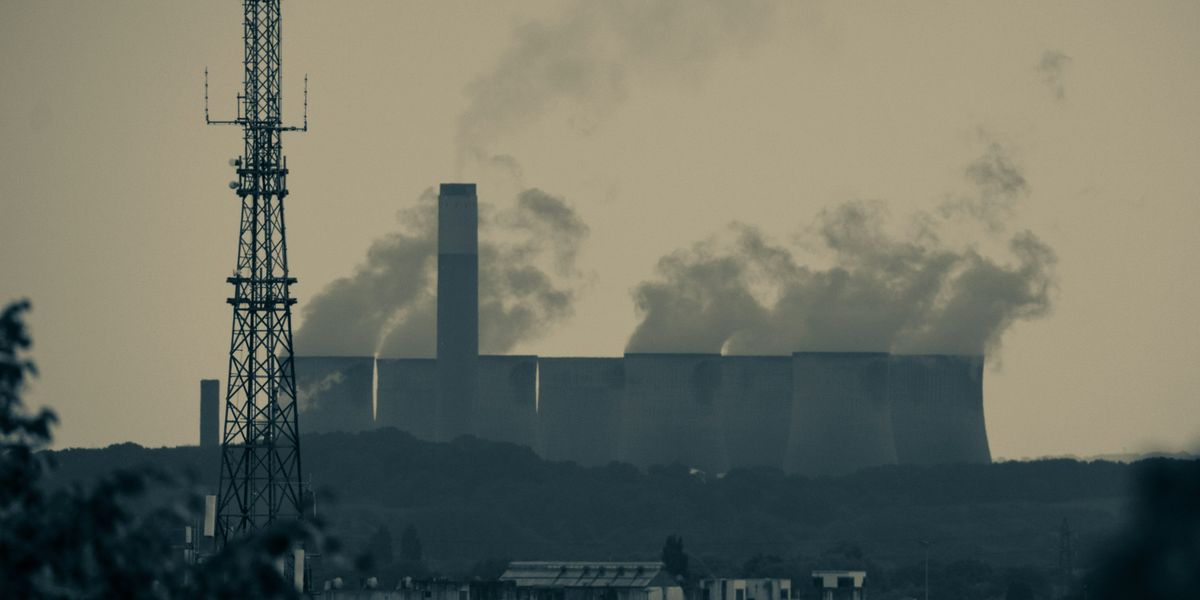
D.C. removes protected bike lane after aesthetic complaints from residents
District officials quietly dismantled a protected bike lane in Northwest Washington, prompting backlash from cycling advocates and raising concerns that the city may be retreating from efforts to build safer infrastructure for cyclists.
Rachel Weiner reports for The Washington Post.
In short:
- D.C. transportation officials removed a newly installed protected bike lane on Arizona Avenue NW after residents complained about the look of its plastic posts and concrete barriers. The project took over two years to plan and install.
- The District plans to replace the protected lane with painted bike lanes on both sides of the street, despite studies and federal guidelines recommending physical separation on high-traffic roads.
- Advocates warn that D.C.'s decision aligns with a national trend of scaling back cycling infrastructure, as seen in states like Texas and California and echoed in recent statements by U.S. Transportation Secretary Sean Duffy.
Key quote:
“We spent 18 months of our lives designing a protected bike lane because we didn’t think there was any other option. They are sacrificing safety for aesthetics.”
— Tricia Duncan, advisory neighborhood commissioner
Why this matters:
Removing physical protection from bike lanes reduces safety for cyclists, especially on busy roads like Arizona Avenue. Studies show that separated lanes significantly reduce crashes and encourage more people to bike, particularly children, older adults, and inexperienced riders. Without barriers, cars often encroach into bike lanes, turning them into unsafe shoulder zones. Nationally, similar rollbacks — fueled by complaints over aesthetics or traffic inconvenience — risk stalling progress on sustainable urban transport. At a time when cities are promoting climate goals, walkability, and alternatives to car travel, dismantling existing infrastructure could undermine public health and safety. If this trend continues, fewer people may feel safe biking, and communities may lose momentum toward more livable, climate-resilient streets.
Related: Cities rethink how to lure drivers out of their cars with better public transit

